It’s a sad state of affairs in college hoops. NCAA basketball was once America’s darling. No more is the sport that was home to the most bitter, yet sacred rivalries; the sport that beautifully showcased the triumphs and failures of amateur kids; the sport that once reigned supreme in the department of unpredictability.
The college basketball I came to know and love is dead and gone. A series of financially motivated decisions and failures to recognize clear room for improvement by the NCAA’s governing body has created a product that is borderline unwatchable.
The good news is that the glaring pitfalls of today’s game are clear as day, and more importantly – reparable.
Without further ado, I give you my 5 Point plan to resuscitate college basketball:
I. Eliminate the One and Done Rule:
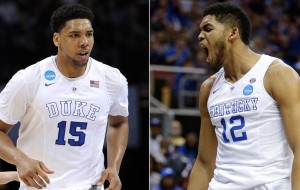
The NCAA is powerless in eliminating the one and done rule, as it is an NBA mandated decree. However, the notion spoon-fed to the general public; that the rule is in place for the developmental benefit of the student athlete is just laughable.
The bottom line is that players either have NBA pedigree, or they don’t – and one year of college will not create that pedigree if it doesn’t already exist. From a player development standpoint, the guys who are ready…the Jahil Okafor’s and Karl-Anthony Towns’ of the world will make an immediate impact. Kobe, Lebron, KG, and T-Mac are amongst the NBA’s greatest players of all time – and each was as ready at 18 for the NBA as they would be at 19.
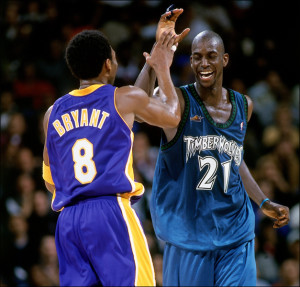
On the other side of the coin, guys like Jimmer Fredette, Adam Morrisson, Trajan Langdon, were all dominant four-year college players who flamed out in the NBA. Even a guy like Doug McDermott who was as mature and refined coming out of college as they get, has struggled mightily with transitioning to the NBA.
The one and done rule was purely a brand-motivated decision. One year of exposure on the collegiate platform in theory solidifies the brand of the league, as well as the respective brands of the players themselves.
It makes so that Justice Winslow and Devin Booker are unambiguous names to the casual basketball fan prior to being formally inaugurated into the NBA ranks. But in the Internet era, branding is just as achievable on the web as is through the collegiate stage.
Dante Exum and Zach Lavine (who did play one season at UCLA, but was far from a household name) came into the league with reputations far exceeding their actual abilities from online highlight reels alone. Lebron’s ten-year-old son has a highlight video that was recently disseminated by Bleacher Report.
The branding argument doesn’t justify the devastating toll the one-and-done rule has had on college basketball. Forcing these kids to college against their will has turned college basketball from a cornerstone to a stepping-stone. Furthermore, today’s college basketball teams are as unrecognizable as ever.
The rate of player turnover from year to year is outrageous, and is blatantly reflected by the diluted product. In a sport where cohesion and team concept used to mean something, a starting five of upperclassmen is an endangered species, and when it does exist, it has no hope of competing with guys who are bigger, more athletic, and should already be playing in the NBA.
II. Help Right the Wrong of Conference Re-Alignment by Bringing Back Rivalry Games
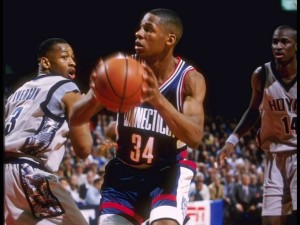
Uconn vs. Georgetown. Syracuse vs. St Johns. Pitt vs. WVU. Maryland vs. Duke. Throw the fans a bone and bring these games back already! This one falls on the coaches and AD’s, as they set their team’s non-conference schedules, but its an easy fix. Give the people what they want.
III. Reduce the Shot Clock
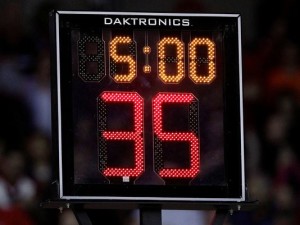
Possessions last an eternity at the college level. Watching teams pass the ball around the perimeter for the first fifteen seconds of the shot clock inspires zero intrigue.
There has been a lot of recent uproar on this issue, which is encouraging to see – but what people don’t talk about are the countless possessions where an offensive player loses the ball, a scramble ensues, only for the offensive team to recover possession and still have twenty seconds left to shoot.
No penalty for sloppy offense. No reward for scrappy defense. No poetic justice. The drawn out shot clock also puts too much of an onus on offensive rebounding.
If a team plays great defense for 30 seconds and gives up an offensive rebound that’s potentially 5% of the half a team is spending on defense in that one lone sequence.
The game has become stagnant, and really lacks pace and fluidity. I’d like to see the shot clock reduced to 24 seconds. The NBA shot clock would facilitate more creativity in college basketball, and force college coaches to relinquish some control.
IV. Reduce the Number of Fouls Called or Re-Define what Constitutes a Foul
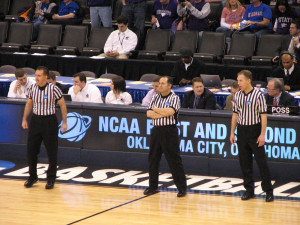
Fouls were called on 59% of Kentucky’s possessions vs. West Virginia in the Sweet 16. Fifty-nine Percent!!! Ridiculous. Amongst the 8 games that took place in the Sweet 16, fouls were called on 35% of total possessions. (Disclaimer* measure is imperfect as it does not take into account intentional late game fouls, but still – a pretty good indicator of a problem). The officials completely micro-manage the college game.
In the pros, fouls are really only called when players cognitively try to draw contact. A similar model needs to be adapted in the college game. A lot of the fouls called are so ticky-tack and there is no consistency with how a game is officiated over the 40 minutes.
As a result, the victor is often the superior free throw shooting team.
V. Reduce the Number of Timeouts Afforded to College Coaches
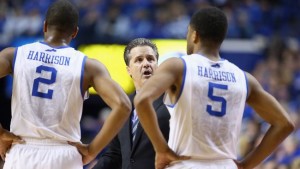
Much like with college referees, the game is unbelievably micro-managed by college coaches. When players make a mistake, especially role players…it almost always earns them an immediate spot on the bench.
Coaches at times instill a dictatorial like fear in their players, which disallows freewheeling and creativity. The model is easily enforced with the superfluous amount of stoppages in a given college basketball game.
Five timeouts per team per game, with the four TV timeouts per half makes it possible to have eighteen stoppages in a game. The college game is intolerably static. The players suffer and the fans suffer.
The biggest obstacle to the ratification of any of theses amendments is the lack of incentive for the NCAA to change. Most college basketball fans are alumni with vested ties to their school, and will continue to support their Alma matter or their child’s alma matter - regardless of how heinous the output.
The excitement, suspense, and gambling related ramifications of the NCAA tournament also help contribute to the public’s unwavering interest.
It does seem of late that at least a few of these issues are making waves in the media, which is promising. However, the NCAA is an antiquated organization, not exactly known for its forward thinking. My optimism for change is cautious at best.
These pitfalls work congenially to yield the feeble excuse for basketball at the collegiate level. The endless shot clock, the copious fouls, and the profuse number of timeouts all factor into pace of play. Making even one of these changes would help alleviate the toll of the others, and help breathe new life into the game.
For example, reducing the shot clock makes the game less stagnant, but also in theory would give players more sovereignty and would reduce the number of fouls called (the less time in a possession, logically, the offense can no longer run 2-3 sets per possession and the defense has less time to commit a foul). This is a great opportunity for the NCAA to help remedy its reputation for futility. One time, NCAA…get it right.
 ";
games += '
";
games += '